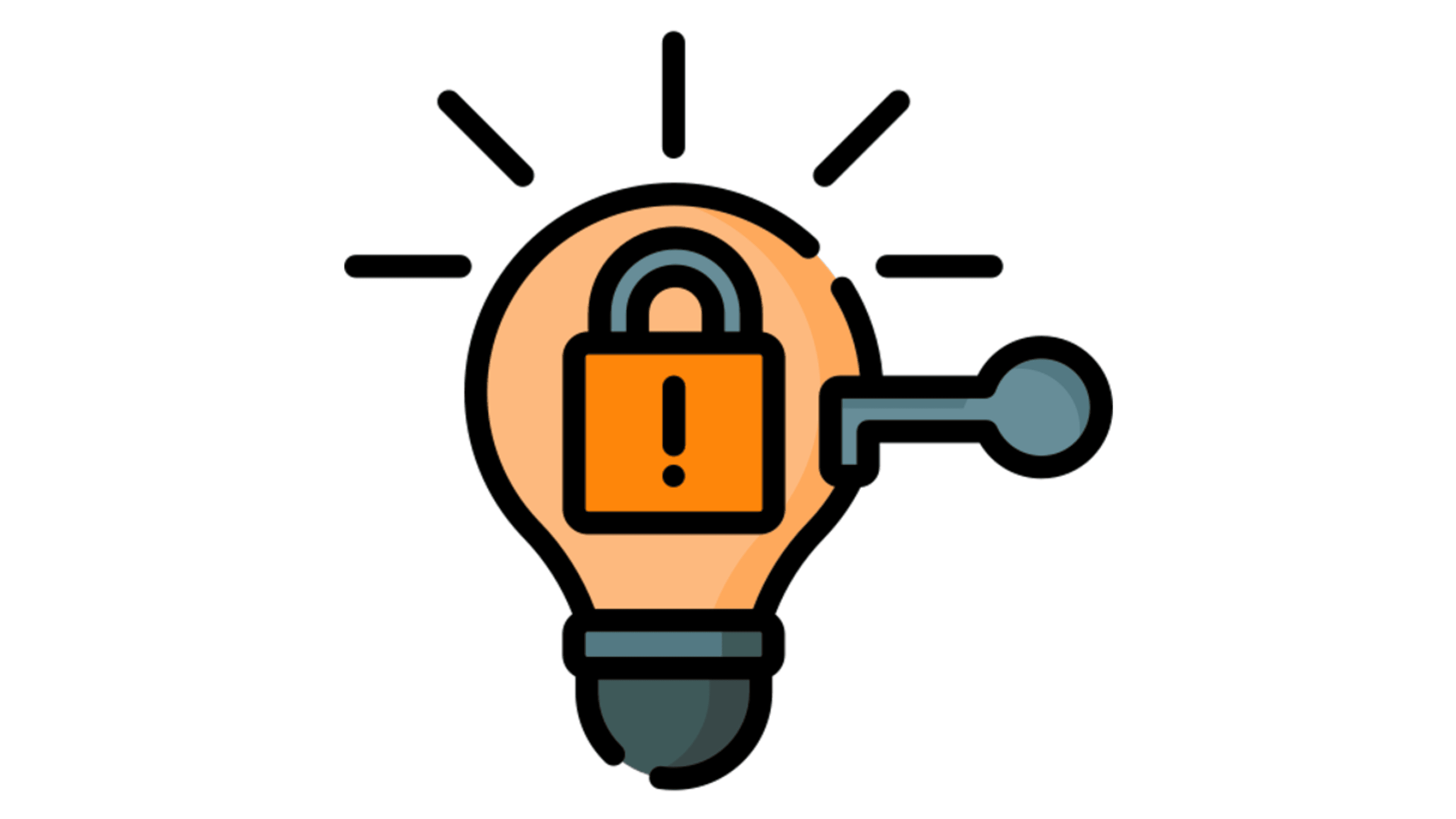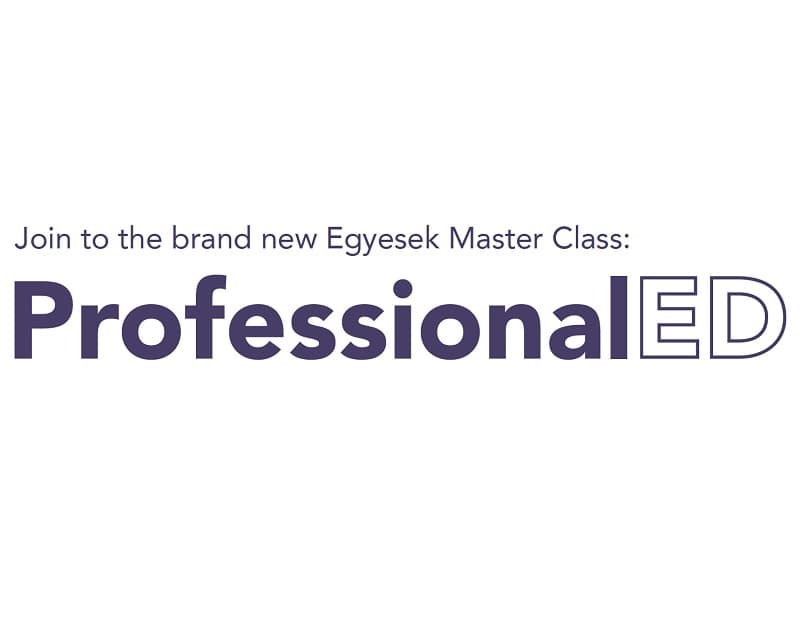Usually, when we hear about creativity, we think about artistic creativity. It is so much more than that!
Creativity, by definition, is a process that leads to ideas that are useful and worthwhile, original or not. In that regard, producing ideas is an important and constant part of problem solving.
So, how can we summarize this process? Let’s imagine a diamond shaped diagram, like this ◊. The two halves of the diamond correspond to two sub processes: Divergent Thinking and Convergent Thinking.
- In Divergent Thinking, we activate idea generation through brainstorming and other tools, like Mind Maps;
- In Convergent Thinking, we start selecting ideas that are more attuned to the problem.
Both are supported by asking questions and efficient information gathering. Questions, particularly good questions, will be essential to guide us through this, because they help address the important details of the problem and the solutions. Imagination, testing, experience and knowledge are also pillars in this approach.
The Divergent/Convergent process may happen multiple times, even after applying solutions. For this we use a circular way of addressing issues during the whole thing!
In facilitation and training, we would probably use this more in the context of planning and revising. Developing the skills involved in this process might also help in adapting and improvising – we all know that we cannot plan for everything.
How can we develop these skills? Well, I would mainly suggest actively immersing in the experience – participating in different activities, practicing ideas, planning something from start to finish. Living through this, as a participant and a facilitator, in different settings and with various tasks, will give you the opportunity to expand your comfort zone.
Personally, I find that we can also develop essential skills through:
- Playing games – particularly ones that require information gathering, thinking outside the box and trying different approaches, like Charades, Riddles and Enigmas, WikiRace; BrainTest
- Storytelling – the structure and development of stories is sometimes similar to activity building, giving us an opportunity to think about the experiences, information and feelings we want to provide. We can practice this using Mind Maps, Story Prompts, Cards (e.g., Dixit) and Story Dice.
Being more creative, in this view, is akin to being more adaptive and resourceful.
Start small, be curious, ask questions, practice, try different things and take care of yourself :)
For ideas and models of problem solving, see:
- Buunk, A. P., & Van Vugt, M. (2008). Applying social psychology: From problems to solutions. SAGE Publications Ltd, DOI 10.4135/9781446280508
- Davidson, J. E., & Sternberg, R. J. (Eds.). (2003). The Psychology of Problem Solving. New York: Cambridge University Press.
- OpenClassrooms’ free courses
- https://asana.com/pt/resources/convergent-vs-divergent
- https://creately.com/guides/divergent-vs-convergent-thinking/

